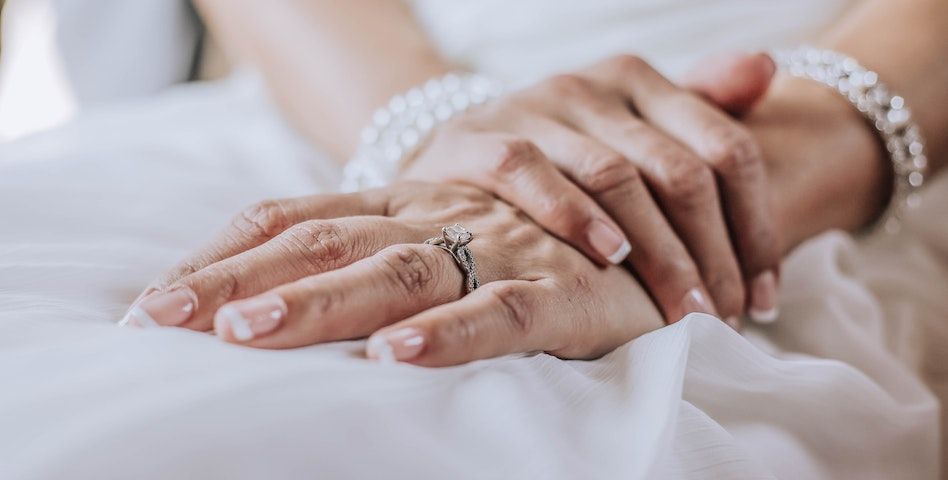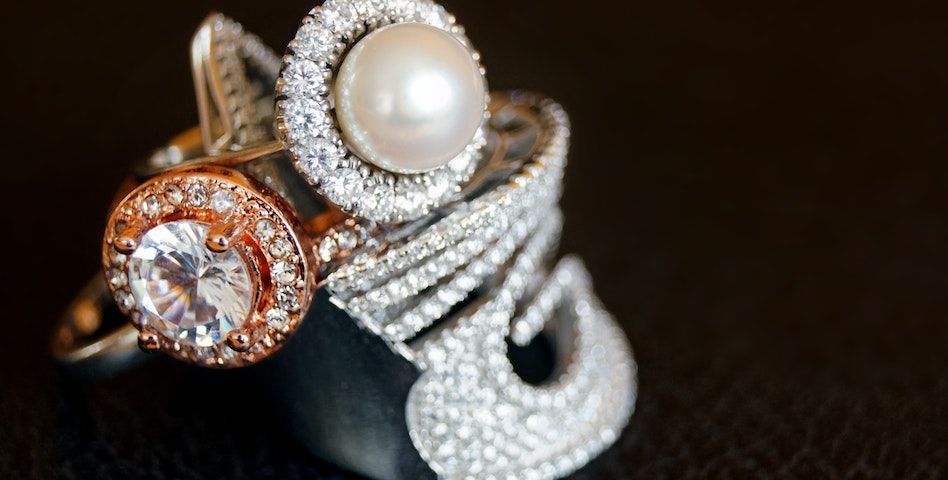Things to Consider While Buying Gold and Diamond Jewelry
Gold and diamond jewelry are not just adornments; they are timeless investments and cherished heirlooms. Whether you're buying jewelry for a special occasion or as a long-term investment, it's essential to make an informed decision. In this blog, we will explore the key factors to consider when purchasing gold and diamond jewelry, ensuring that your choice meets your preferences, style, and budget.
Setting a Budget: Define Your Limit
Before you begin your jewelry shopping journey, it's crucial to establish a budget. Knowing how much you are willing to spend will help you narrow down your options and prevent impulse purchases. Remember that quality is often more important than quantity when it comes to jewelry, so focus on finding pieces that fit within your budget and meet your expectations for craftsmanship and design.

Understanding the Four Cs of Diamonds
When buying diamond jewelry, the four Cs—carat, cut, color, and clarity—are critical factors that determine a diamond's quality and value:
- Carat: Carat refers to the weight of the diamond. Larger diamonds are generally more valuable, but it's essential to balance carat size with other factors, such as cut and clarity, to ensure a brilliant and eye-catching appearance.
- Cut: The cut of a diamond affects its sparkle and brilliance. A well-cut diamond reflects light in a way that enhances its beauty. Look for diamonds with excellent or very good cut grades for optimal brilliance.
- Color: Diamonds come in various colors, ranging from colorless to light yellow or brown. The less color a diamond has, the more valuable it is. Consider your personal preference and budget when selecting a diamond's color grade.
- Clarity: Clarity refers to the presence of internal or external flaws, known as inclusions and blemishes, respectively. Diamonds with higher clarity grades are rarer and more valuable. However, many imperfections are microscopic and do not affect the diamond's overall appearance.
Choose the Right Metal: Gold Varieties
Gold is available in various types and colors, each with its unique characteristics:
- Yellow Gold: The classic choice, yellow gold, offers timeless elegance and warmth. It is often alloyed with other metals to increase durability.
- White Gold: White gold has a silvery appearance and is created by mixing gold with white metals like nickel and palladium. It is often plated with rhodium for a brighter shine.
- Rose Gold: Rose gold, with its pinkish hue, adds a romantic and contemporary touch to jewelry. It is created by mixing gold with copper.
- Gold Purity: Gold jewelry is typically stamped with a purity mark, indicating the percentage of gold it contains. The most common purities are 24K (pure gold), 18K (75% gold), 14K (58.3% gold), and 10K (41.7% gold). Higher purity levels are more valuable but may be softer and more prone to scratches.
Consider the Style and Occasion
The style and occasion for which you're buying jewelry play a significant role in your selection:

- Everyday Wear: If you're buying jewelry for daily wear, consider pieces that are versatile, durable, and comfortable. Simple designs like studs, hoops, and pendants are often practical choices.
- Special Occasions: For formal events and special occasions, you may opt for more intricate and eye-catching designs, such as statement necklaces, cocktail rings, or elaborate bracelets.
- Engagement Rings: When selecting an engagement ring, consider your partner's style preferences. Classic solitaire settings, halo designs, and vintage-inspired rings are popular choices.
Certification and Authentication
When purchasing diamond jewelry, especially high-value pieces, it's essential to request a diamond grading certificate from a reputable gemological laboratory. A certificate provides an independent assessment of the diamond's quality and ensures transparency in the buying process. GIA (Gemological Institute of America) and AGS (American Gem Society) are two well-respected grading laboratories known for their stringent standards.
Customization and Personalization
Many jewelry stores offer customization options, allowing you to create a piece that reflects your personal style and sentiment. Customization may involve choosing specific gemstones, metals, or design elements. It's an excellent way to create a unique and meaningful piece of jewelry.
Ethical Considerations
Ethical and sustainability concerns have gained prominence in recent years. When purchasing diamonds and gold, inquire about the jewelry's sourcing and ethical practices. Look for jewelers who adhere to ethical standards and support responsible mining and sourcing practices.
Care and Maintenance
Proper care and maintenance are essential to preserve the beauty and longevity of your gold and diamond jewelry. Store your pieces in a soft pouch or jewelry box to prevent scratches. Avoid exposing them to harsh chemicals, extreme temperatures, or excessive wear and tear. Periodic cleaning by a professional jeweler can also help maintain their sparkle.
Warranty and Return Policies
Before finalizing your purchase, familiarize yourself with the store's warranty and return policies. Ensure that you have sufficient time to inspect the jewelry and, if necessary, return or exchange it if it doesn't meet your expectations or specifications.

Conclusion: Making Informed Choices
Buying gold and diamond jewelry is a significant decision, and taking the time to make informed choices ensures that you select pieces that align with your preferences and values. By understanding the four Cs of diamonds, choosing the right metal, considering the occasion, and addressing ethical concerns, you can make confident decisions when adding these precious adornments to your collection. Remember that the right piece of jewelry can be a lasting symbol of love, celebration, or personal expression.